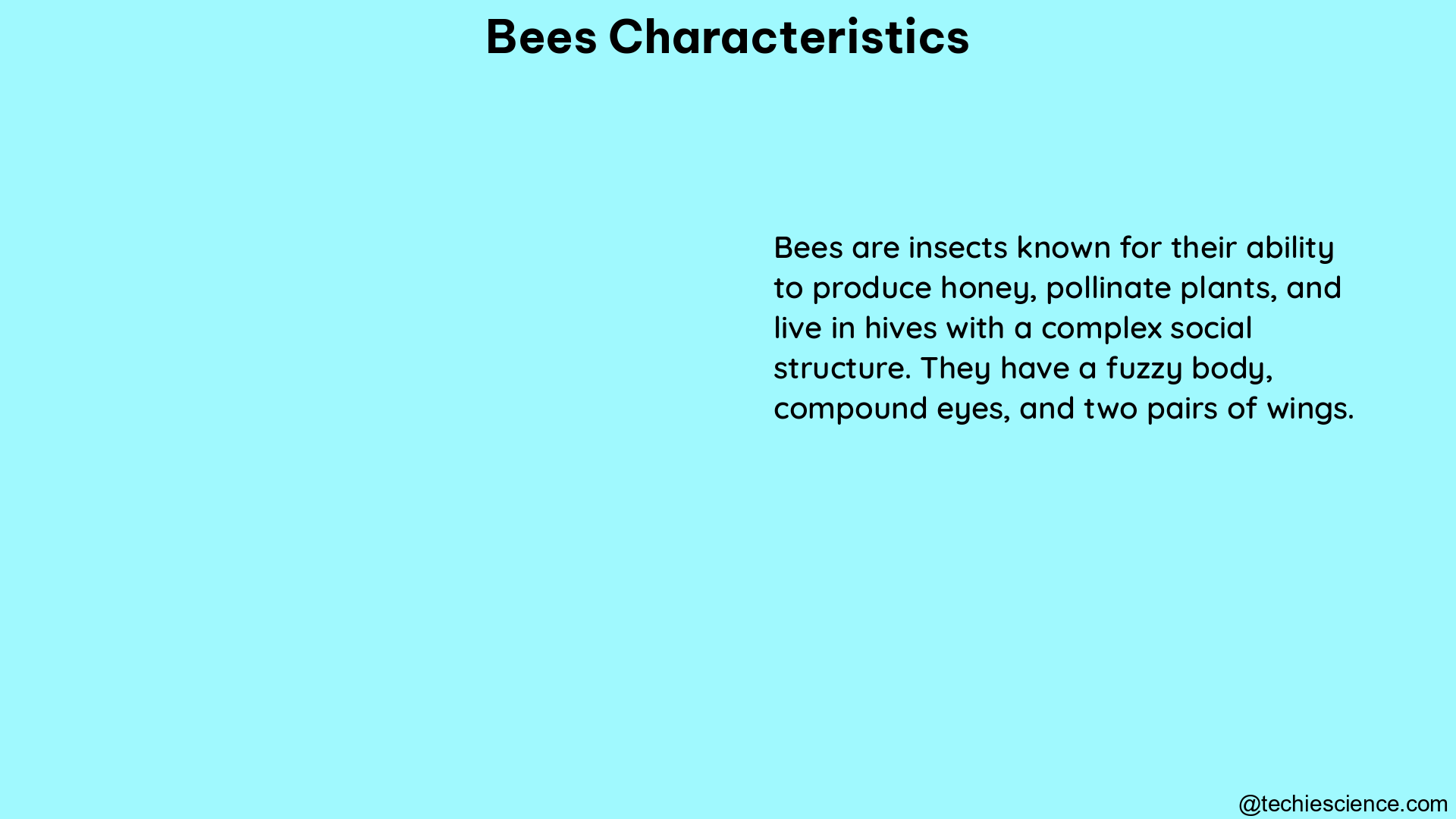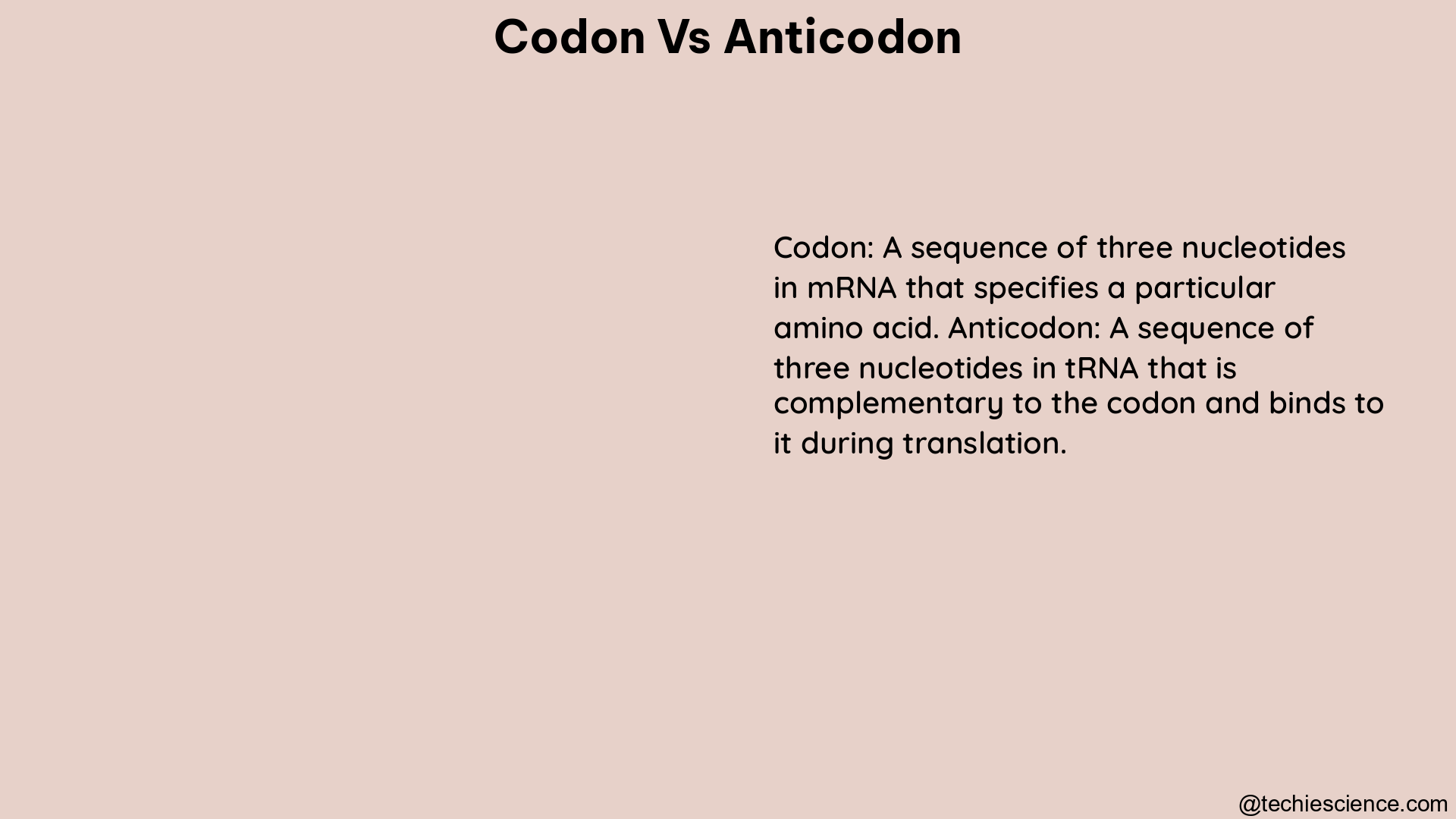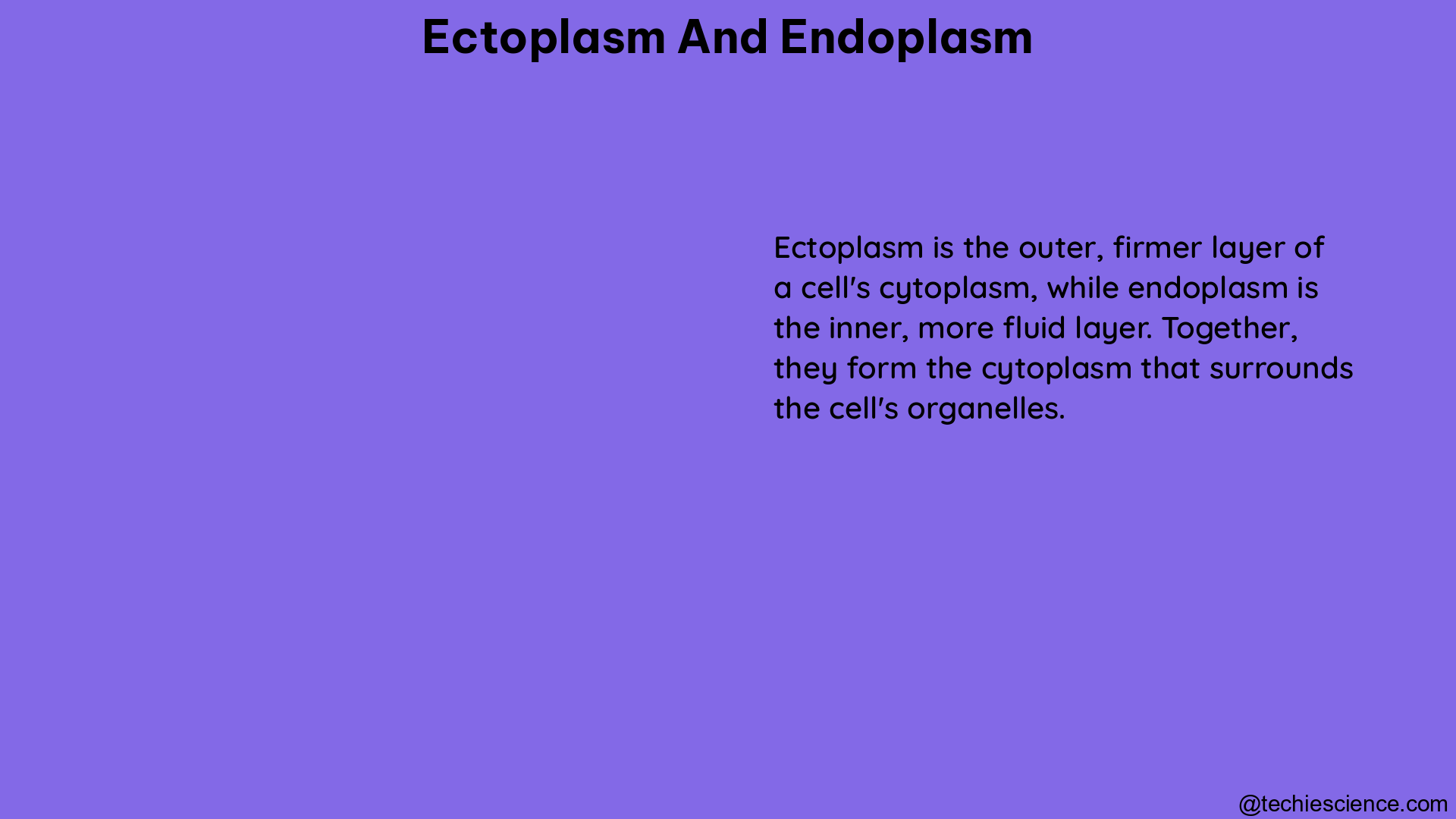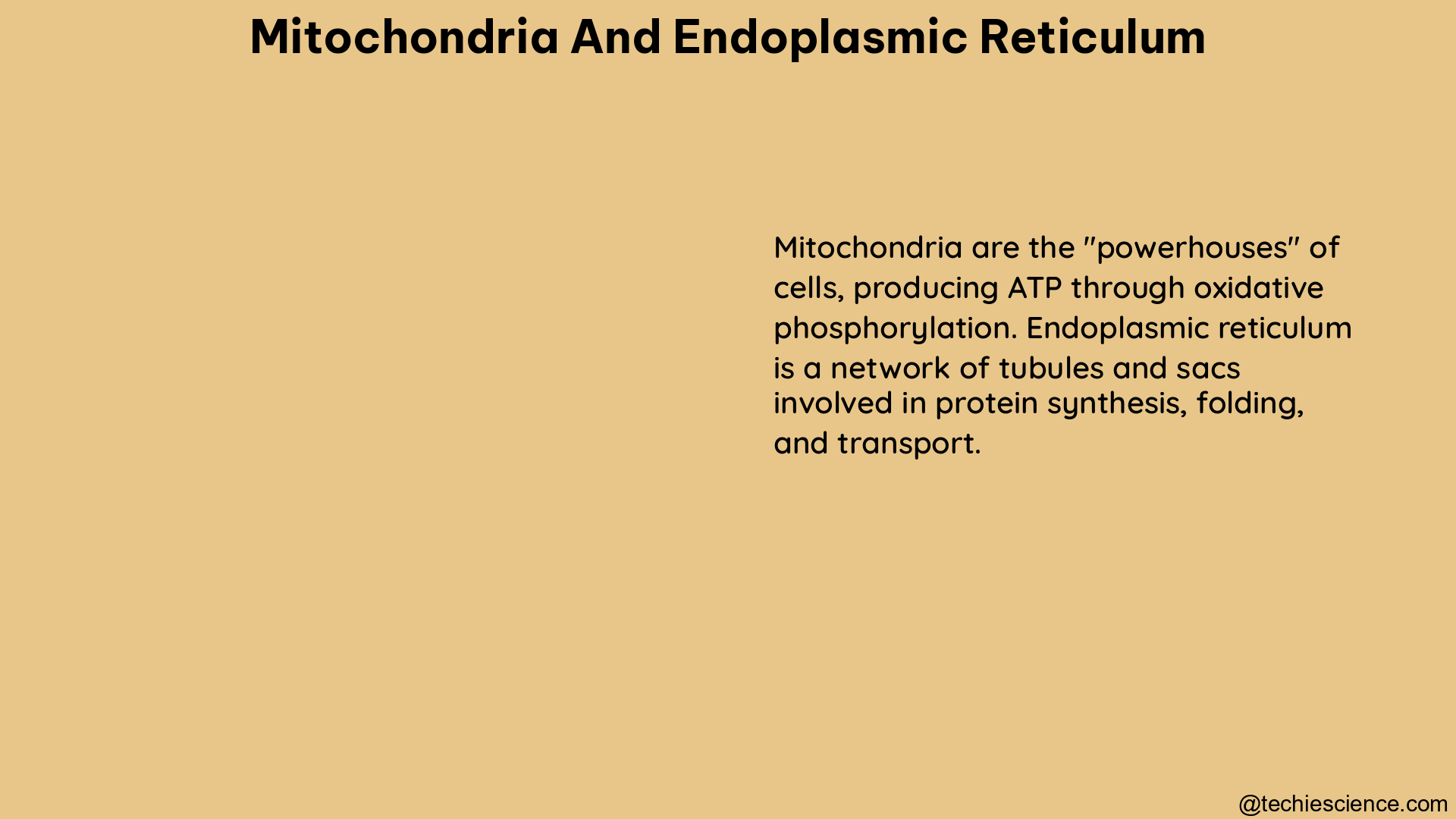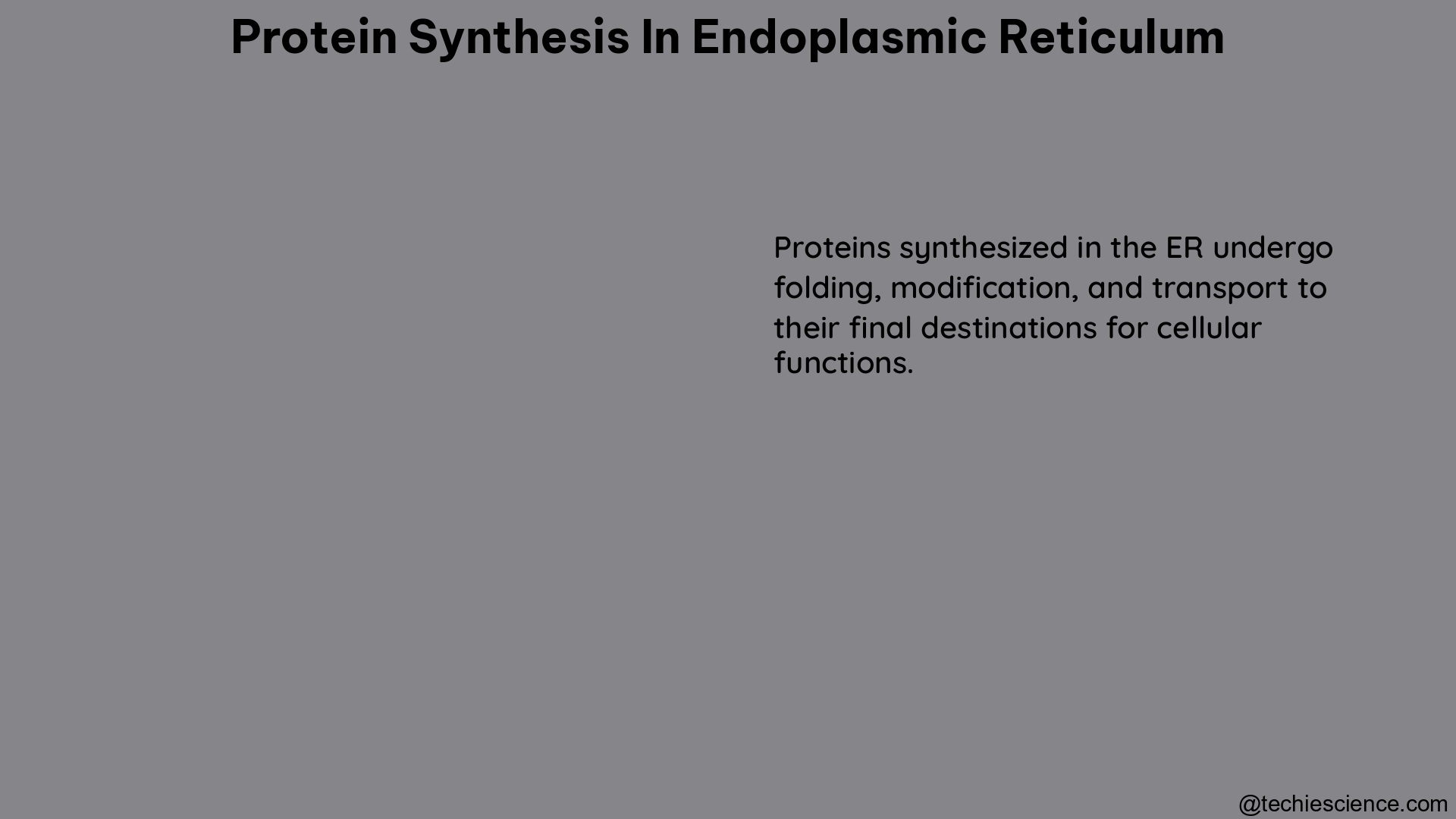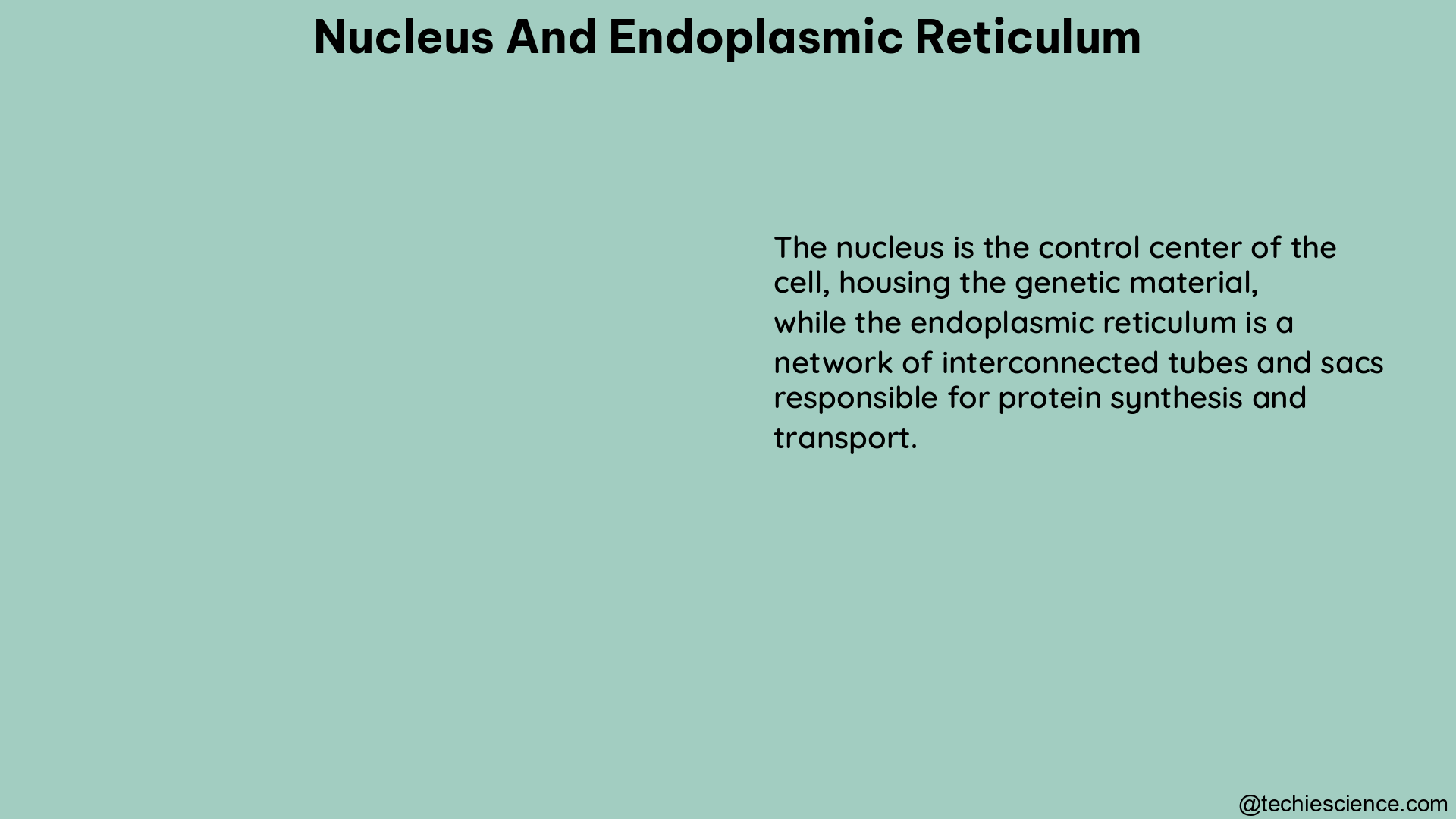Comprehensive Guide to Quantifying and Measuring Barnacle Characteristics
Barnacles are a fascinating group of marine crustaceans that have evolved unique adaptations to thrive in the challenging intertidal and subtidal environments. Understanding the various characteristics of barnacles is crucial for biologists, ecologists, and researchers studying these organisms. In this comprehensive guide, we will delve into the intricate details of quantifying and measuring different aspects … Read more


